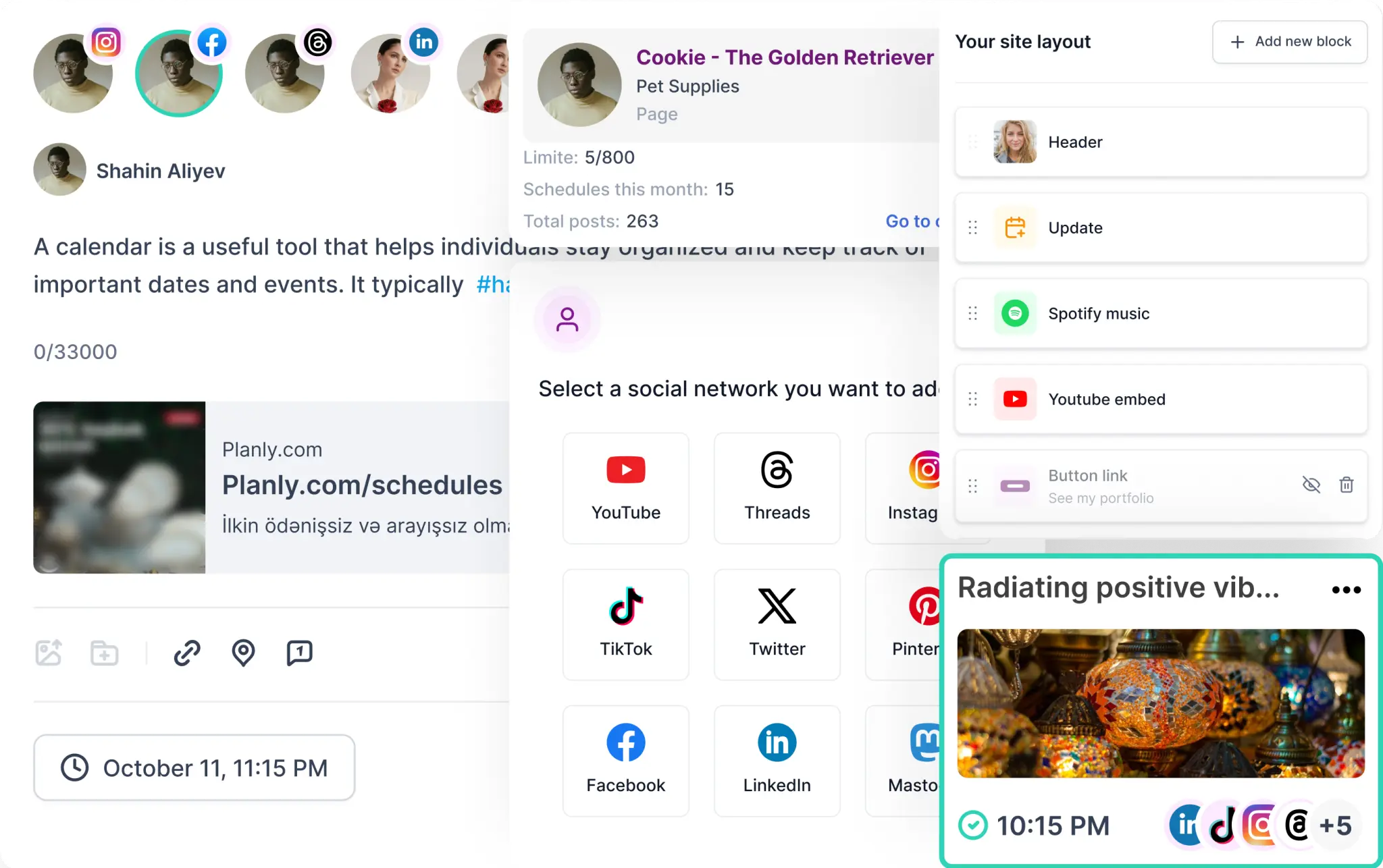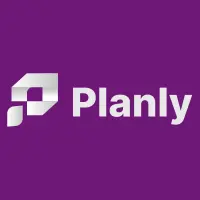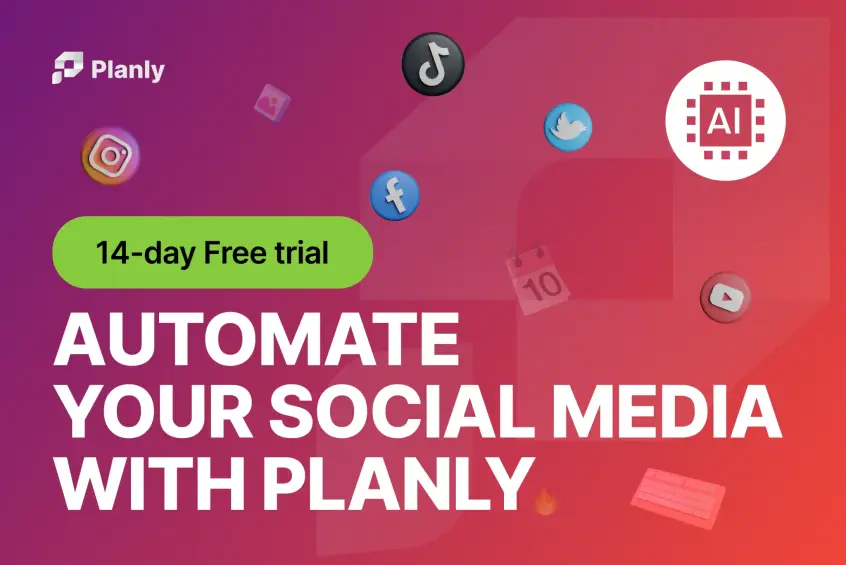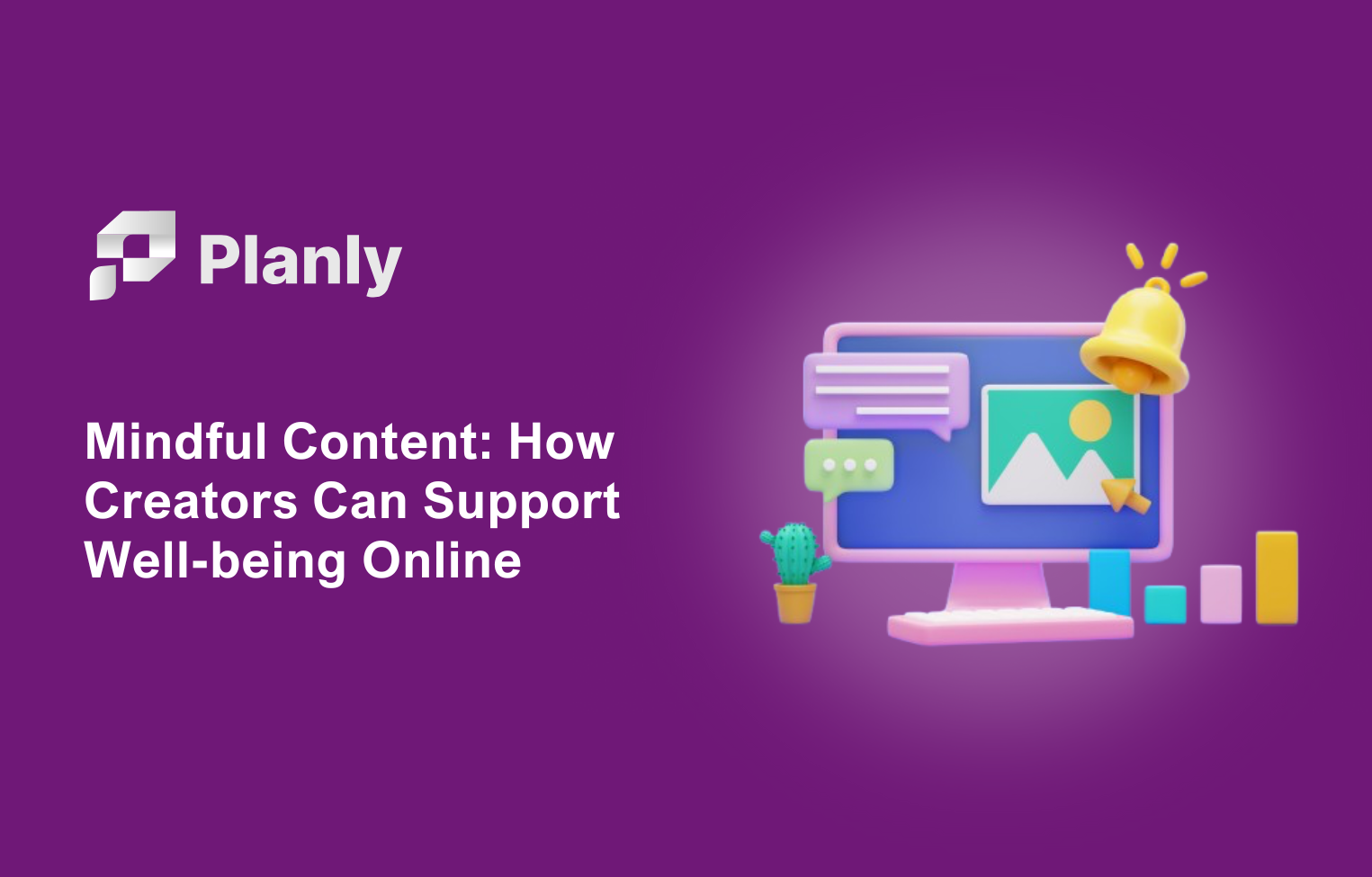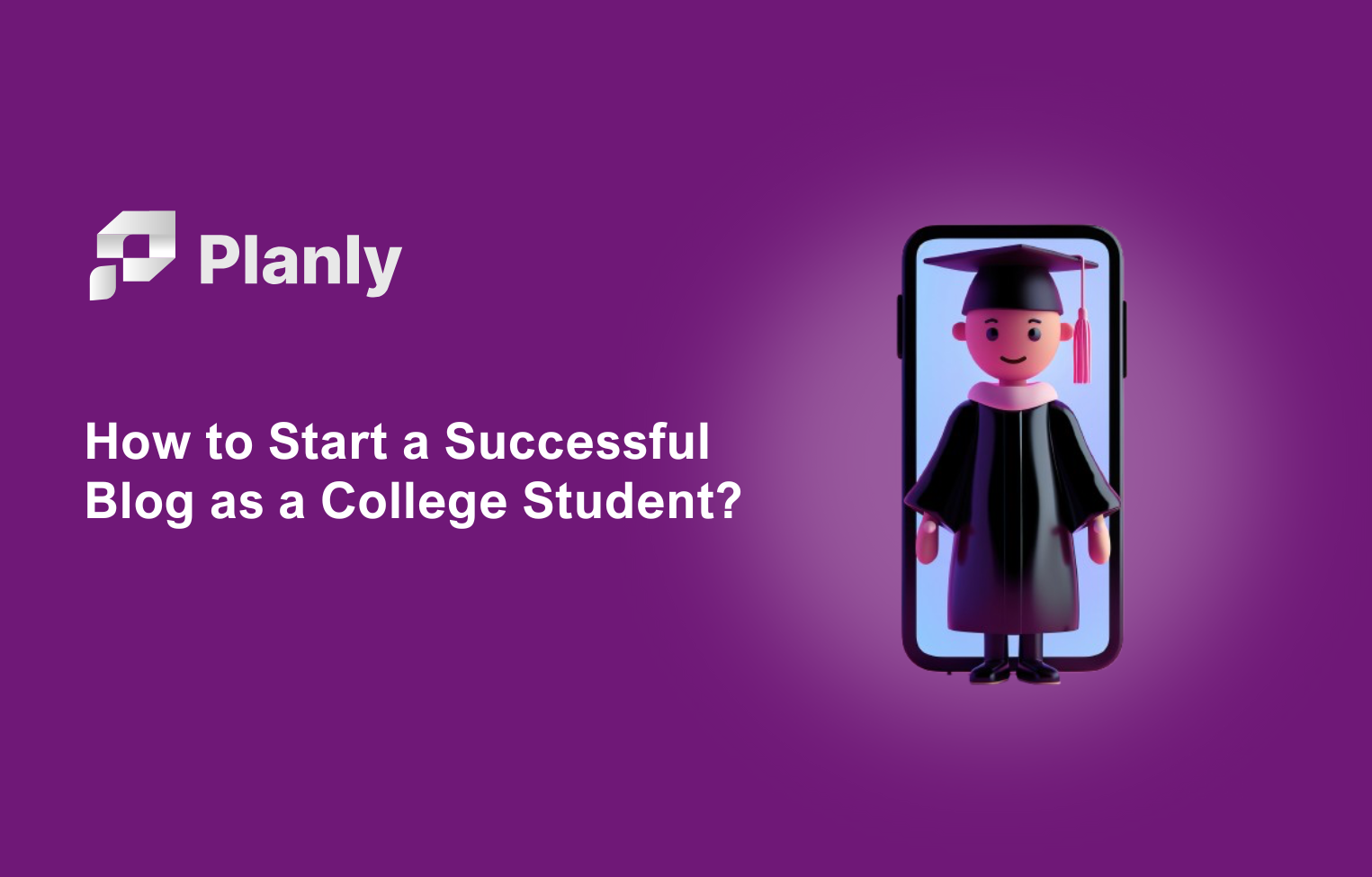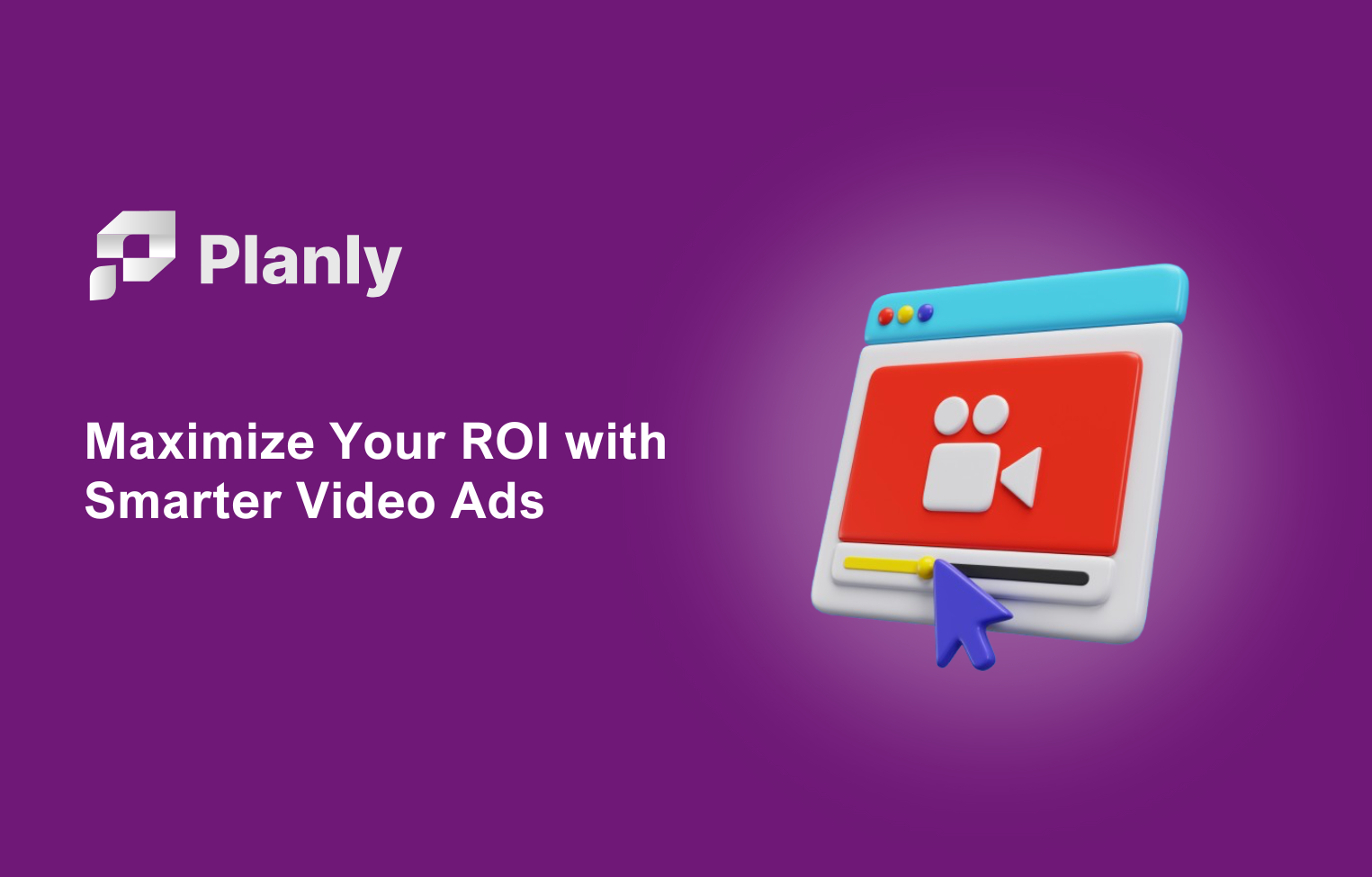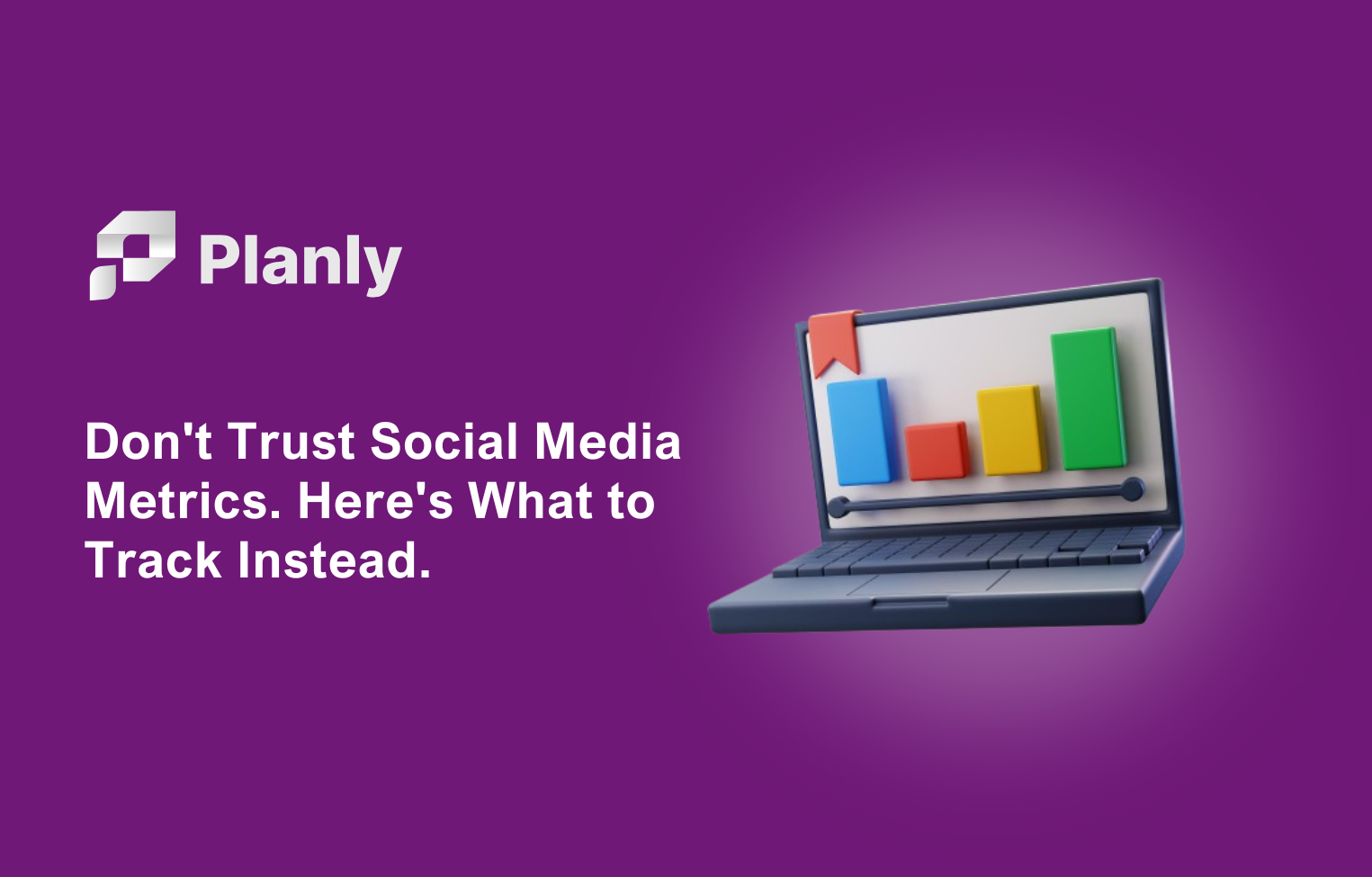In the noisy world of social media, grabbing and holding attention is one of the biggest challenges for content creators and marketers alike. According to a study by Microsoft, the average human attention span has dropped to just 8 seconds, making it even more crucial to capture attention quickly. Additionally, research from HubSpot shows that 54% of consumers want to see more video content from brands they support, highlighting the importance of engaging content right from the start. This is where social media hooks come into play. A well-crafted hook can be the difference between your post getting lost in the endless scroll or going viral. This comprehensive guide will help you understand what social media hooks are, how they work, and how you can create compelling hooks to supercharge your social media engagement. Let’s dive in!

What Are Social Media Hooks?
For more details on different social media tools and strategies, consider checking out our internal resource on Social Media Planning and Execution.
A social media hook is a clever phrase, visual element, or captivating story that grabs a viewer's attention immediately. It’s the bait that encourages your audience to stop scrolling, take notice, and interact with your content. Hooks can be headlines, catchy intros, thought-provoking questions, or images that spark curiosity. The goal is to make people want to read more, click, like, share, or comment.
Think of social media hooks as the equivalent of a powerful opening line in a novel. You only have a few seconds to convince someone that what you have to offer is worth their attention. For a deeper understanding of how hooks work and why they matter, check out this article on effective social media strategies.
Why Are Social Media Hooks Important?
Want to know how to improve your social media engagement further? Explore our guide on Boosting Engagement Through Scheduling Tools.
Attention spans on social media are fleeting. Studies show that you have about 3-5 seconds to capture someone's attention before they scroll past your post. Hooks are critical because they can:
- Increase engagement: A great hook makes users want to interact with your content by liking, sharing, or commenting.
- Boost visibility: Platforms like Instagram, TikTok, and Facebook reward content with high engagement by showing it to more people. Hooks can help you reach a wider audience. For more on how social media algorithms work, visit this detailed guide.
- Drive conversions: Whether you want people to click on your link, sign up for a newsletter, or buy a product, the hook is the first step towards getting that conversion.

Elements of an Effective Social Media Hook
To understand how social media hooks can be combined with effective scheduling, visit our internal article on Maximizing Post Performance with Scheduling.
Creating a successful social media hook involves understanding your audience and employing specific strategies to capture their attention. Here are some key elements to consider, with more in-depth exploration to help you create better hooks:
1. Emotion
People connect with emotions. Hooks that evoke curiosity, excitement, fear of missing out (FOMO), or nostalgia tend to perform better. Emotional triggers make people feel something—whether it’s laughter, empathy, or surprise. This can be particularly effective when combined with a powerful visual or an authentic, relatable story.
Example: “You won’t believe what happened when I tried this new productivity hack!”
Tips for Adding Emotion:
- Use vivid and descriptive language to tap into your audience’s feelings.
- Know your audience’s pain points and desires; tailor your content to evoke those emotions.
- Combine emotional statements with relatable imagery to amplify the effect.
2. Curiosity
Curiosity is a powerful motivator. When you pique someone’s interest without giving away too much, they’ll be compelled to engage with your post. The trick here is to withhold just enough information to make them want more.
Example: “Here’s why you should NEVER do this before bed…”
Ways to Create Curiosity:
- Start your hook with words like “What if…”, “Here’s why…”, or “You’ll never believe…”.
- Include hints but not the full story—leave an enticing gap for the reader to fill.
- Use provocative statements that question common beliefs or practices.
3. Shock Value
Shocking statements can grab attention quickly, but be cautious—make sure the shock isn’t misleading or clickbait. Instead, it should create genuine intrigue or deliver valuable information that’s not widely known.
Example: “Did you know that your morning routine could be harming your productivity?”
How to Use Shock Value Effectively:
- Use unexpected statistics or surprising facts to create shock value.
- Ensure the shock is relevant and meaningful—avoid being sensationalist without a purpose.
- Back up shocking claims with credible evidence or an interesting explanation.
4. Questions
Asking questions is one of the most direct ways to involve your audience. Open-ended questions invite responses, leading to more comments and higher engagement. People love to share their opinions and experiences, and a well-placed question can make them pause and reflect.
Example: “What’s the one thing you wish you knew before starting your first business?”
Tips for Crafting Questions:
- Make sure the question is relatable and directly relevant to your audience.
- Use “Why” or “What” questions to encourage deeper responses rather than yes/no answers.
- Follow up with additional prompts to keep the conversation going in the comments.
5. Storytelling
Stories are one of the oldest forms of human communication. Sharing personal experiences or customer success stories can draw people in and make your content more relatable. A compelling story can make your brand more human and memorable.
Example: “When I started my business, I had no idea that this ONE mistake would cost me thousands… Here’s how I turned it around.”
Storytelling Techniques:
- Use real-life experiences—authenticity resonates with audiences.
- Use a hook in the opening line of your story to pull readers in immediately.
- Make the audience the hero of the story by addressing their struggles and showing solutions.
Types of Social Media Hooks You Can Use
For insights on how to use different types of hooks effectively, check out our related resource on Content Creation Best Practices.
To keep things fresh and varied, it's important to use different types of hooks. Here are some popular types that are proven to boost engagement, with additional detail to help you effectively implement each one:
1. The "How-To" Hook
People love learning new skills and insights, especially if they can be applied easily. “How-to” posts are practical and promise value upfront, making them highly engaging.
Example: “How to create stunning Instagram posts without spending a dime”
How to Craft a Great "How-To" Hook:
- Be clear about the benefit your audience will gain.
- Break down the information into easy-to-follow steps that readers can quickly apply.
- Use visuals or video tutorials to add more value and clarity.
2. The List Hook
Lists are easy to read and digest, which makes them great for social media. They provide value quickly and promise clear outcomes. Lists also trigger curiosity, especially when they’re framed in surprising or interesting ways.
Example: “5 Reasons Why You Need a Morning Routine”
Tips for Creating List Hooks:
- Use odd numbers—they tend to attract more attention (e.g., “7 Ways to Boost Your Productivity”).
- Highlight unique or unexpected items on the list to create additional intrigue.
- Make sure your list is easy to read and provides actionable insights.
3. The Problem-Solution Hook
Identify a problem your audience faces and present a solution. This not only draws attention but also demonstrates your expertise. By addressing your audience’s pain points, you can establish your credibility and build trust.
Example: “Struggling with productivity? Here’s a simple trick to get more done in less time!”
How to Effectively Use the Problem-Solution Hook:
- Clearly define the problem so that your audience can immediately relate.
- Present the solution in a simple, easy-to-implement manner.
- Include data or testimonials to support your proposed solution.
4. The Bold Claim Hook
This type of hook makes a bold, eye-catching claim that grabs attention instantly. Bold claims are particularly effective when you have data or real results to back them up.
Example: “This $1 trick can save you hundreds on your next grocery bill!”
Crafting Bold Claims:
- Make sure your claim is credible and backed by evidence to maintain trust.
- Use statistics or surprising facts that can be proven.
- Don’t exaggerate—your audience should feel intrigued, not deceived.
5. The FOMO Hook
FOMO, or the Fear of Missing Out, is a huge psychological driver on social media. Let your audience know that they could be missing something valuable. FOMO hooks work well for time-sensitive offers or exclusive content.
Example: “Only a few spots left for our exclusive webinar—don’t miss out!”
Best Practices for Using FOMO:
- Highlight exclusivity by using phrases like “limited time” or “only available to a select few”.
- Use countdowns or deadlines to create urgency.
- Emphasize the benefits your audience will gain if they take action now.
To keep things fresh and varied, it's important to use different types of hooks. Here are some popular types that are proven to boost engagement:
1. The "How-To" Hook
People love learning new skills and insights, especially if they can be applied easily.
Example: “How to create stunning Instagram posts without spending a dime”
2. The List Hook
Lists are easy to read and digest, which makes them great for social media. They provide value quickly and promise clear outcomes.
Example: “5 Reasons Why You Need a Morning Routine”
3. The Problem-Solution Hook
Identify a problem your audience faces and present a solution. This not only draws attention but also demonstrates your expertise.
Example: “Struggling with productivity? Here’s a simple trick to get more done in less time!”
4. The Bold Claim Hook
This type of hook makes a bold, eye-catching claim that grabs attention instantly.
Example: “This $1 trick can save you hundreds on your next grocery bill!”
5. The FOMO Hook
FOMO, or the Fear of Missing Out, is a huge psychological driver on social media. Let your audience know that they could be missing something valuable.
Example: “Only a few spots left for our exclusive webinar—don’t miss out!”
Crafting Hooks for Different Social Media Platforms
To learn more about optimizing hooks for various platforms, read our Platform-Specific Social Media Hook Guide.
Different platforms require different approaches when it comes to hooks. Let’s take a look at how to craft effective hooks for major social media networks.
1. Instagram
On Instagram, visuals matter just as much as words. Use a bold image or eye-catching video as a hook, and then use the caption to further intrigue the reader.
Example: For a fitness post, use a photo of a dramatic transformation and caption it: “You won’t believe the simple habit that led to these results!” For more tips on growing your Instagram following, see this guide.
2. Twitter
With Twitter’s character limit, brevity is key. Hooks here need to be direct, engaging, and to the point. Use questions, bold statements, or humor to stand out.
Example: “Are you making this one huge mistake in your social media strategy? Find out now!” Learn more about optimizing your Twitter content by visiting this resource.
3. TikTok
On TikTok, you’re dealing with video content. Your hook should come within the first 3 seconds to ensure viewers stick around. Use a surprising statement, tease the result, or show something unexpected to keep them watching.
Example: Start a video with, “I bet you didn’t know this trick could change your entire skincare routine!” For TikTok marketing strategies, check out this article.
4. LinkedIn
LinkedIn is a professional network, so hooks here should be informative, inspirational, or career-related. Questions and bold career insights can work well.
Example: “The skills that made me a successful entrepreneur aren’t what you think…” For more LinkedIn content tips, visit this helpful post.
Best Practices for Writing Social Media Hooks
For more tips on how to write engaging hooks, see our article on Writing Hooks That Convert.
1. Know Your Audience
The most effective hooks are those that speak directly to your target audience. What are their pain points, desires, and interests? Tailor your hook to address these aspects.
2. Keep It Short and Sweet
Hooks need to be short, sharp, and snappy. Don’t bury your message under too many words—get to the point quickly to catch your reader's attention.
3. Use Power Words
Words like “secret,” “proven,” “now,” “exclusive,” and “guaranteed” have a psychological impact that makes your content more engaging.
4. Test and Analyze
Not all hooks will work for all audiences. Test different types of hooks to see what resonates best. Look at metrics like engagement rate, click-through rate, and shares to understand what’s working. For more insights on social media metrics, check out this guide.
5. Visuals Matter
While text hooks are crucial, the accompanying visuals can make or break your post. Use high-quality images, animations, or videos that are relevant to your hook and content.
Examples of Killer Social Media Hooks
Here are a few successful hooks that businesses and influencers have used to boost engagement:
- “I doubled my income in 6 months doing THIS one thing. Here’s how.” – This sparks curiosity and promises value.
- “What’s the biggest myth about working from home? I bet it’s not what you think.” – Asking questions challenges your audience’s assumptions and encourages responses.
- “This is the most underrated travel destination in the world. Don’t miss it.” – Leveraging FOMO to draw the reader in.
Conclusion: Hook Your Audience and Keep Them Engaged
Get Started with Planly
Creating great hooks is just the first step in an effective social media strategy. If you're looking for a way to schedule your posts and create engaging content with ease, try Planly—our social media scheduling tool that comes with a built-in AI generator to help you craft captivating hooks and posts effortlessly. Save time, stay organized, and boost your engagement with Planly. Learn more and get started today!
Mastering the art of social media hooks takes practice, creativity, and a deep understanding of your audience. A strong hook can dramatically increase engagement, draw in new followers, and boost conversions. Whether you're using curiosity, storytelling, questions, or bold statements, always keep your target audience in mind and remember to test different approaches to see what works best.
The next time you create a social media post, focus on crafting an irresistible hook. You’ll be amazed at how much more effective your content can be when you nail that first crucial moment of connection. For more on creating effective social media content, visit this comprehensive social media marketing guide.
Ready to Create Your Next Hook?
Try using some of the techniques we've covered here, and watch your engagement soar. Remember: a great hook is just the beginning—make sure the rest of your content delivers on the promise to keep your audience coming back for more!


